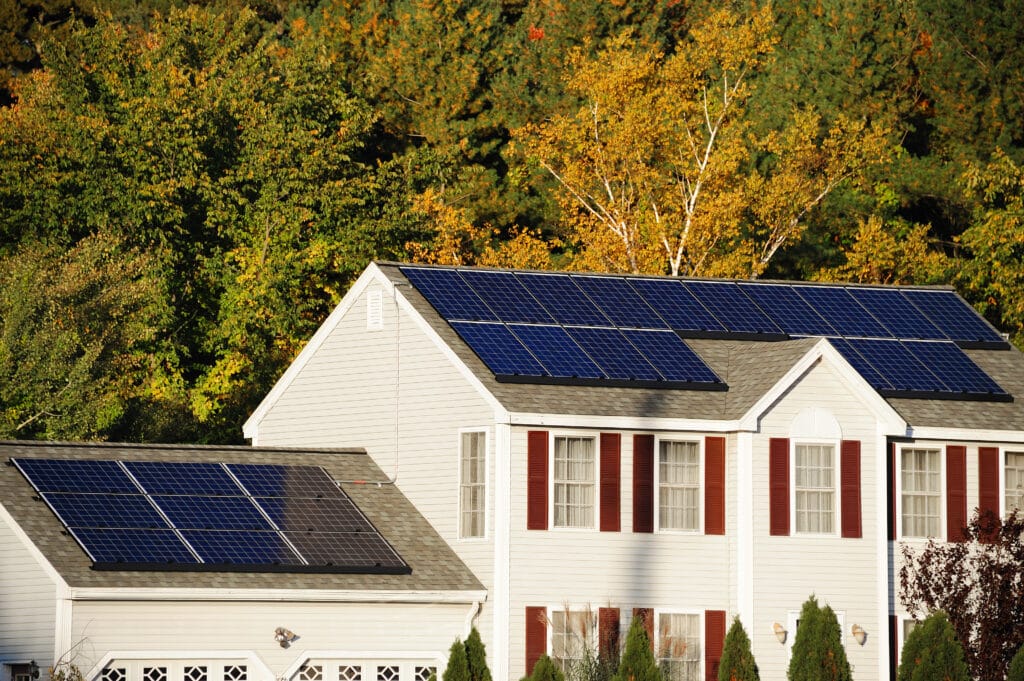
While solar energy is widely recognized as a sustainable and environmentally friendly power source, there’s much more to this renewable resource than meets the eye. From fascinating historical anecdotes to mind-blowing technological advancements, the world of solar energy is brimming with fun facts and trivia that are sure to captivate and inspire. In this blog post, we’ll embark on an illuminating journey to uncover some of the most intriguing and entertaining facts about solar energy, shedding light on the wonders of this remarkable energy source.
Ancient Origins:
Contrary to popular belief, the concept of harnessing solar energy is not a modern invention. In fact, humans have been utilizing solar power for thousands of years. Ancient civilizations, such as the Greeks, Romans, and Egyptians, harnessed the sun’s rays to heat water for bathing, cooking, and even powering early forms of solar ovens. The discovery of ancient solar-powered structures, such as the Parabolic Dish in Egypt and the Solar Temple in Peru, provides compelling evidence of our ancestors’ ingenuity in harnessing solar energy long before the advent of modern technology.
Solar-Powered Transportation:
While electric vehicles are gaining popularity as a sustainable mode of transportation, did you know that solar-powered cars have been around for decades? The first solar-powered car, known as the “Sunraycer,” was developed by General Motors in 1987 and won the inaugural World Solar Challenge, a prestigious solar car race across the Australian Outback. Since then, solar-powered cars have evolved significantly, with advancements in photovoltaic technology and lightweight materials enabling faster speeds and longer distances on solar power alone. Today, solar-powered cars continue to push the boundaries of clean, renewable transportation, offering a glimpse into the future of sustainable mobility.
Solar-Powered Flight:
In recent years, solar energy has also taken to the skies, quite literally, with the development of solar-powered aircraft. One notable example is the Solar Impulse 2, a solar-powered plane that made history by completing a round-the-world flight without using a drop of fuel. Equipped with thousands of solar cells on its wings, Solar Impulse 2 demonstrated the incredible potential of solar energy to power long-distance flights and reduce reliance on fossil fuels in the aviation industry. While solar-powered commercial flights are still in the experimental stage, ongoing research and innovation hold promise for a future where air travel is cleaner and more sustainable.
Solar-Powered Stadiums:
Sports stadiums are known for their energy-intensive operations, from lighting and HVAC systems to concessions and scoreboard displays. However, some stadiums are leading the way in sustainability by harnessing the power of the sun to meet their energy needs. One notable example is the Kaohsiung National Stadium in Taiwan, also known as the “Dragon Stadium,” which features a stunning solar-powered canopy that generates electricity while providing shade for spectators. Similarly, the Lincoln Financial Field, home of the Philadelphia Eagles, boasts one of the largest solar panel installations in the NFL, generating clean energy equivalent to powering over 1,300 homes annually. These solar-powered stadiums serve as shining examples of how renewable energy can be seamlessly integrated into large-scale infrastructure projects.
Solar-Powered Art:
Beyond practical applications, solar energy also serves as a source of inspiration for artists and designers around the world. Solar-powered art installations, such as solar sculptures, kinetic solar artworks, and interactive solar installations, combine aesthetic beauty with sustainable functionality, transforming public spaces into showcases of creativity and innovation. From glowing solar-powered orbs that illuminate city streets to kinetic sculptures that dance in the sunlight, solar-powered art offers a captivating glimpse into the intersection of art, technology, and sustainability, inspiring viewers to rethink their relationship with renewable energy.
Solar-Powered Music Festivals:
Music festivals are notorious for their massive energy consumption and environmental impact, but some event organizers are turning to solar power to reduce their carbon footprint. Solar-powered music festivals, such as the Lightning in a Bottle festival in California and the Glastonbury Festival in the UK, harness solar energy to power stages, lighting, and sound systems, creating vibrant and eco-friendly experiences for attendees. These solar-powered festivals demonstrate the potential of renewable energy to revolutionize the entertainment industry and pave the way for more sustainable events worldwide.
Solar-Powered Desalination:
Access to clean drinking water is a pressing global issue, particularly in arid regions with limited freshwater resources. Solar-powered desalination offers a sustainable solution by using solar energy to power the desalination process, converting seawater or brackish water into freshwater suitable for drinking, irrigation, and industrial use. With advancements in solar desalination technology, such as membrane distillation and solar stills, solar-powered desalination holds promise for addressing water scarcity challenges and improving access to clean water in communities around the world.
Solar-Powered Cooking:
While gas and electric stoves are the norm in many households, solar-powered cooking offers a clean, efficient, and sustainable alternative. Solar cookers, such as parabolic solar cookers, box solar cookers, and panel solar cookers, harness the sun’s rays to heat and cook food without the need for fossil fuels or electricity. Not only do solar cookers reduce reliance on traditional cooking fuels, but they also offer health benefits by eliminating indoor air pollution associated with cooking over open fires or stoves. Solar-powered cooking promotes energy independence, environmental stewardship, and healthier lifestyles, making it a popular choice in off-grid communities and eco-conscious households.
Conclusion:
As we’ve seen, solar energy is not only a practical and sustainable power source but also a source of fascination, inspiration, and creativity. From ancient civilizations harnessing the sun’s rays for practical purposes to modern innovations in solar-powered transportation, art, and entertainment, solar energy continues to captivate our imagination and drive positive change in the world. By embracing solar power and exploring its vast potential, we can illuminate our lives, protect the planet, and pave the way for a brighter, more sustainable future for generations to come.
